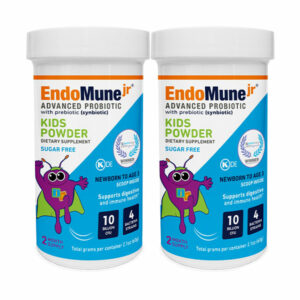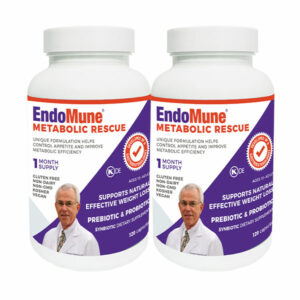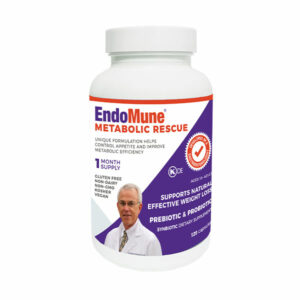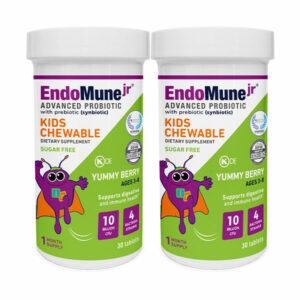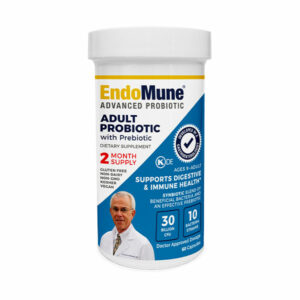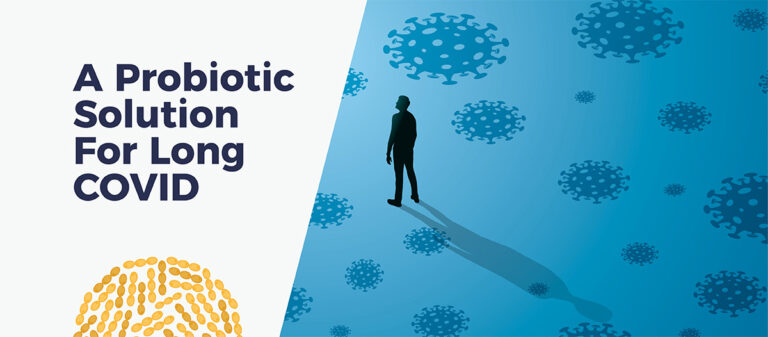Digest This
Click on the topics below to learn how probiotics can improve your digestive health, naturally.
How To Avoid Traveler’s Diarrhea
- @drHoberman
- Diet, Digestive Health, Disease
Dear EndoMune subscribers,
It is summertime and that often means going on a vacation. This newsletter will give you some tips on how to avoid a common gastrointestinal illness while traveling.
During the peak travel seasons, we are bombarded by the Internet and television with all kinds of travel offers. Some trips are just a state or two away, but some journeys extend out of the United States to less developed countries.
This month’s newsletter is on traveler’s diarrhea (TD), a common problem encountered by vacationers visiting Latin America, the Middle East, India and South Asia.
I want to begin with a case report.
Case report
Recently back from her honeymoon at a Playa del Carmen resort in Mexico, Lisa visited her physician complaining of crampy abdominal pain, low-grade fever and diarrhea.
The first 4 days of the trip were terrific. The beaches and activities were wonderful and so was the food. In addition to the fresh fruits and seafood, Lisa particularly enjoyed the salad bar.
Unfortunately, on the fifth day she woke experiencing abdominal cramps and then diarrhea. What a way to end the honeymoon!!
Was there anything that Lisa could have done to prevent developing TD? (See answer at end of this month’s newsletter).
Overview
Diarrhea is the most common medical complaint for Americans visiting developing countries. It is estimated that for Americans traveling internationally, 9.5 to 15.9 million will experience TD. Most episodes last 3-4 days without therapy, but some infections can cause severe diarrhea and dehydration requiring hospitalization, IV fluids and antibiotics.
TD is due to consuming food or water that has been contaminated with fecal matter resulting from poor personal sanitary and public health conditions.
The organisms that cause the diarrhea are bacteria, viruses and parasites. Bacteria like E. coli, Shigella, Salmonella and Campylobacter account for 80% of the episodes of TD. The type of bacterial pathogen depends on the region travelled.
In the medical journal, Current Gastroenterology Report, an article entitled Advances in the Treatment of Traveler’s Diarrhea1 discusses recent recommendations on how to prevent and treat TD.
Prevention
Diet: Food and water are the most common sources of infection. Reduce your risk of TD by ordering all of your foods well-cooked. Avoid raw vegetables and the skin of unpeeled fruits. Tap water and ice also present a high risk. That includes ice in sodas. The general recommendation to avoid TD is to “boil it, cook it, peel it, or forget it”. Even if it smells and looks great…don’t eat food from street vendors!!
Medications
Antibiotics can prevent TD, but it is not generally recommended to prescribe antibiotics as a prophylaxis due to the potential for adverse drug reactions and the development of drug resistant organisms.
Bismuth subsalicylate (Pepto Bismol) provides a protection rate of 60% against TD when two tablets are taken four times daily. It does cause the tongue and stool to turn black and can induce ringing in the ears.
Probiotic clinical trials using a probiotic or a placebo to prevent TD found that 85% of episodes were prevented by probiotics. The dosage of probiotic bacteria given and the type of organisms varied. The analysis found that probiotics containing Lactobacillus and Bifidobacteria strains were effective and so was the yeast, Saccharomyces boulardii. However, at this point it is still difficult to generalize that all probiotics are effective since the amount and strains of probiotic bacteria utilized varied in the different trials.
Treatment
Fluids: Fluids and electrolytes are major concerns during an episode of TD. Drinking fluids like water and rehydration packets are very important, as is eating salty soups and saltine crackers.
Antimotility Agents: Bismuth subsalicylate (Pepto Bismol) and loperimide (Imodium) taken at the onset of diarrhea can lessen the severity and duration of the episode. They do not cure the infection, and they often are taken in combination with an antibiotic.
Antibiotics: Based on established guidelines, antibiotics are generally recommended if there are 3 or more loose stools in eight hours. Fever and blood in stools are other symptoms indicating the need for antibiotics. Most physicians are comfortable prescribing an antibiotic for their patients to have in case they do develop TD.
The most commonly prescribed antibiotic is a quinolone like Cipro. However, there are regions like Thailand where the bacteria are resistant to Cipro, and azithromycin (Zithromax) is recommended.
Probiotics: Probiotic organisms may help in preventing and treating TD in a number of ways.
They produce antibacterial substances that kill invading pathogens.
They adhere to the intestinal lining cells and act as a shield against invading harmful bacteria.
They stimulate the immune system to produce a response against the pathogens.
Recommendations To Prevent TD:
1) Start taking a good probiotic like EndoMune on a daily basis. Begin at least 2-3 days before starting the trip. When traveling, EndoMune will do fine at room temperature. It is best not to store probiotics at temperatures greater than 85 degrees for prolonged periods.
2) Buy a bottle of Pepto Bismol and a box of Imodium to bring with you just in case you develop TD.
3) Check with your physician about getting a prescription for the appropriate antibiotic for TD.
Final Comments
I hope your travels are safe, joyful and healthy. I think Lisa would have been able to enjoy her entire honeymoon if she had avoided the salad bar and the skin of unpeeled fruits, and if she had taken a daily dose of EndoMune.
Eat healthy, exercise and live well!!!
Best Wishes,
Dr. Hoberman
1) Advances in the treatment of travelers’ diarrhea. Paredes-Paredes M, Flores-Figueroa J, Dupont HL. Curr Gastroenterol Rep. 2011 Oct;13(5):402-7. Review.
There Is An Endomune Probiotic For Every Lifestyle
-
EndoMune Metabolic Rescue
$44.95 -
EndoMune Advanced Probiotic
$42.95 -
EndoMune Companion Pack
$112.93
